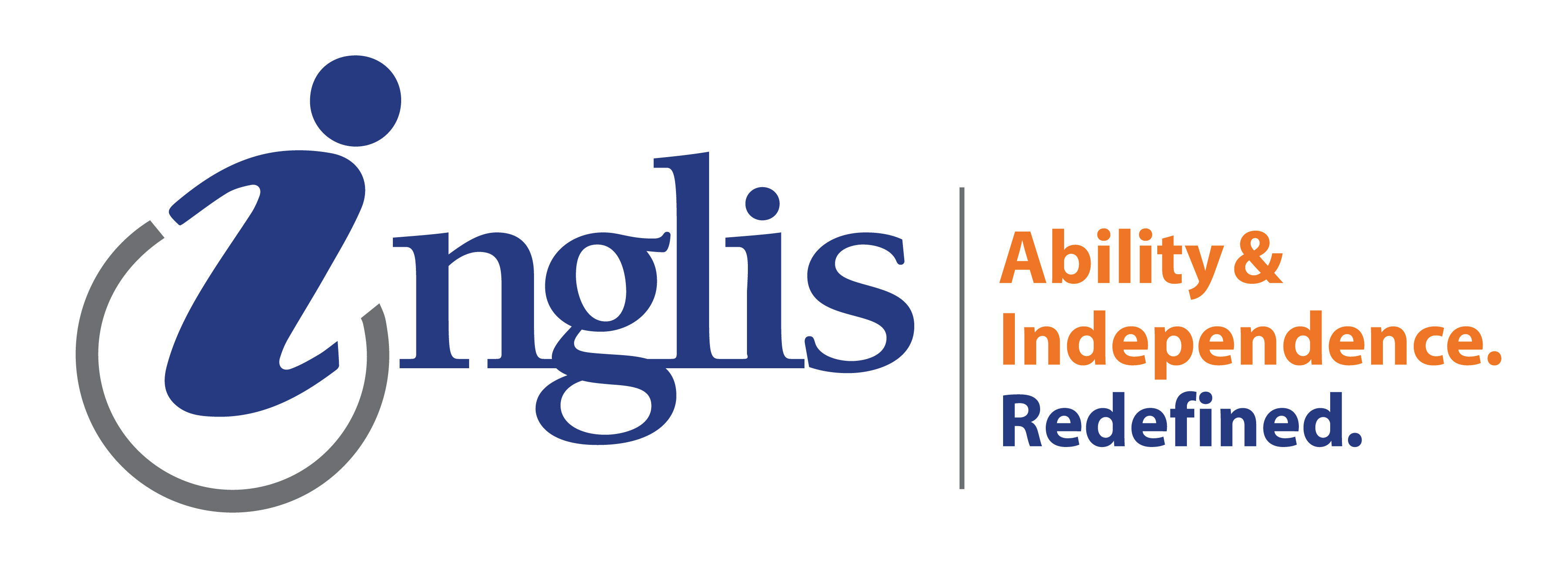sponsor content What's this?
Sponsored Content
Q&A with Dyann Roth
A conversation with the president and CEO of Inglis.

Dyann Roth CHRIS KENDIG PHOTOGRAPHY

This conversation has been edited and condensed for length and clarity.
What is the biggest obstacle to providing more affordable housing?
One of the largest obstacles is navigating the highly competitive and complicated funding and regulatory systems that support affordable housing development. Developers often must braid local, state, and federal financing programs, the coordination of which can significantly delay or limit projects. This is particularly challenging when trying to create housing that is deeply affordable, truly accessible for people with disabilities, and enhanced with supportive services to foster tenant success. Traditional funding streams rarely account for the added costs of accessibility features or the income limits of individuals relying on disability benefits. Without better coordination and dedicated resources, inclusive housing remains out of reach for too many.
How are you tackling the problem?
At Inglis, we focus specifically on increasing the supply of affordable, accessible housing for people with complex physical disabilities – a population often left out of traditional housing strategies. We address these challenges by partnering with mission-aligned developers, advocating for more inclusive housing policies and by bringing our deep expertise in accessibility design to the development process. We partner with private affordable housing developers to help integrate accessible units into the projects—ensuring that inclusion is not an afterthought, but a standard. These partnerships are essential to scaling our impact and expanding access to housing that meets the needs of people with disabilities. We also engage in ongoing dialogue with policymakers to align funding streams, development incentives and accessibility requirements.
What does the private sector need from the public sector to improve the process?
To improve the process, the private sector needs the public sector to create a regulatory environment that supports innovation and inclusion. This includes streamlining approval processes, incentivizing universal design and prioritizing expanded accessibility in housing finance programs. When the public sector provides clarity, flexibility, and meaningful financial tools, it empowers private and nonprofit developers to deliver housing that truly meets the needs of underserved communities, including those living with disabilities.
NEXT STORY: Q&A with Christopher McDade
